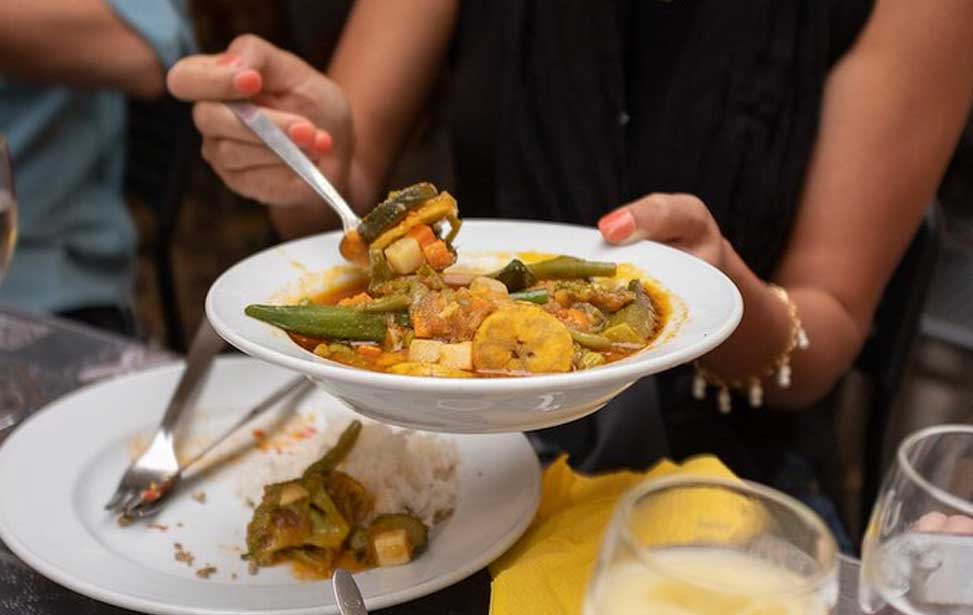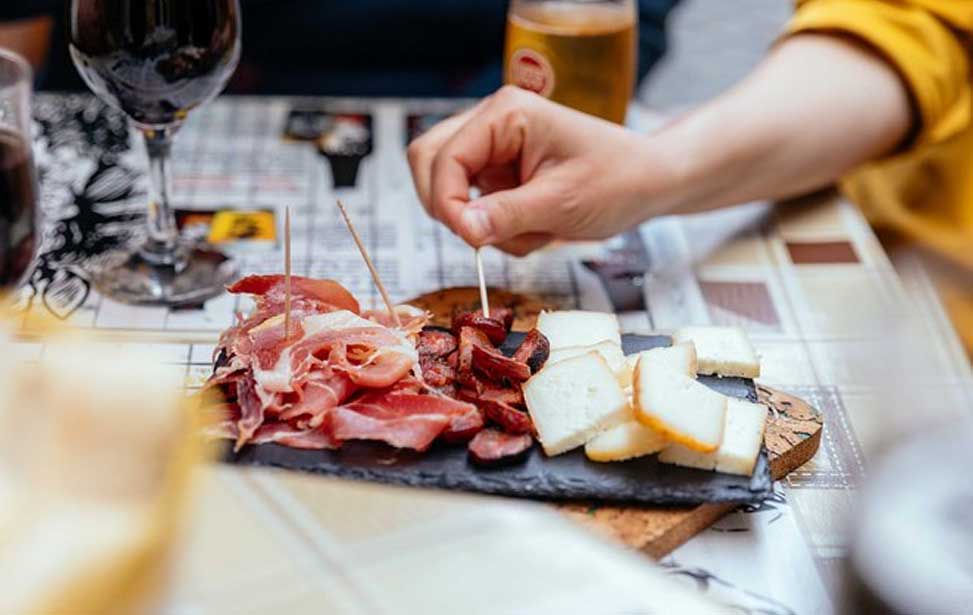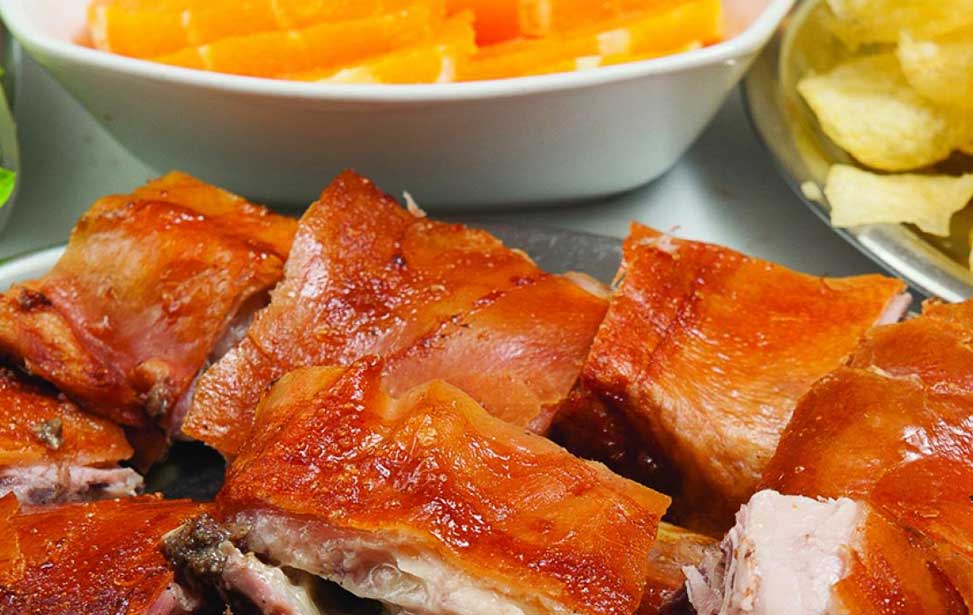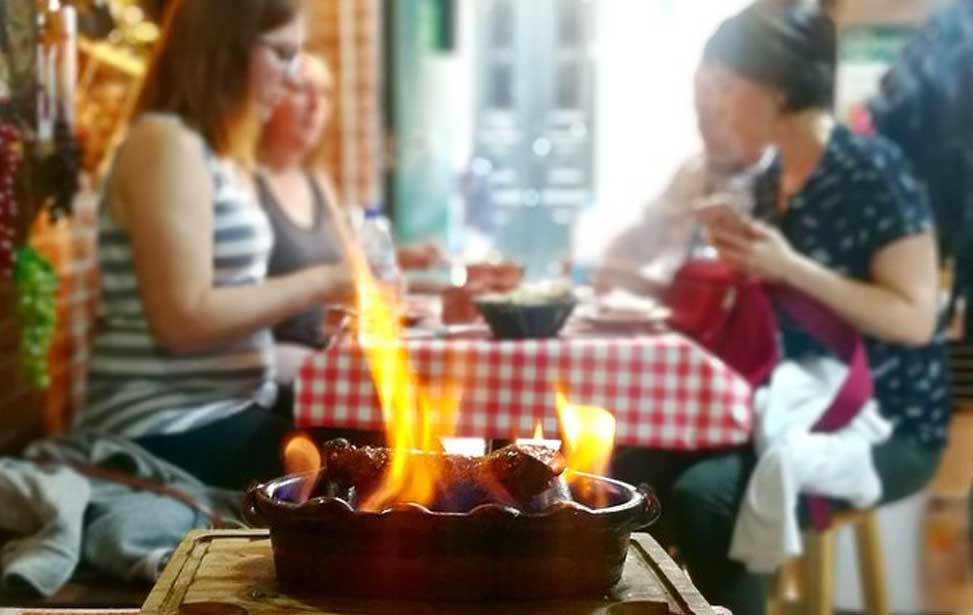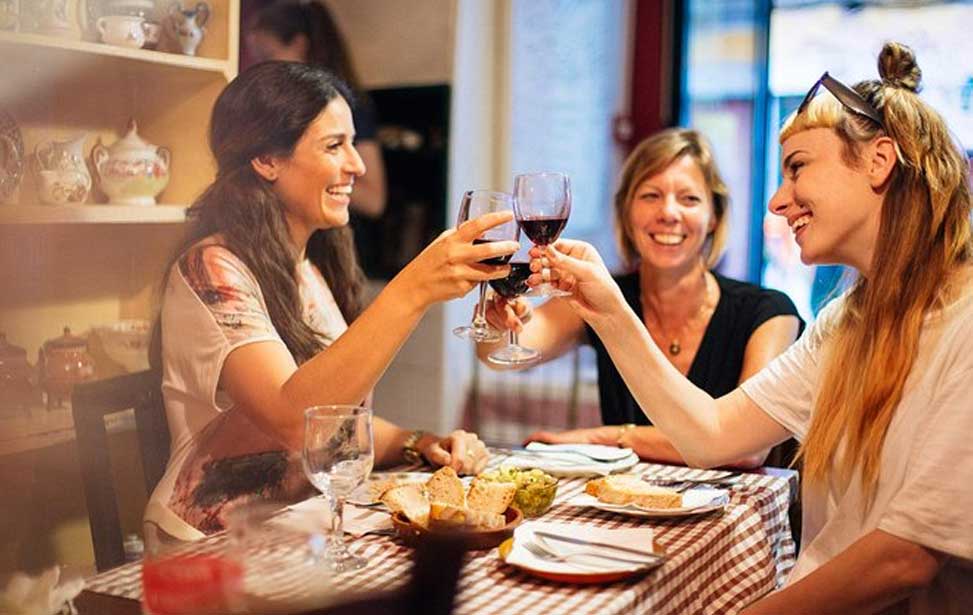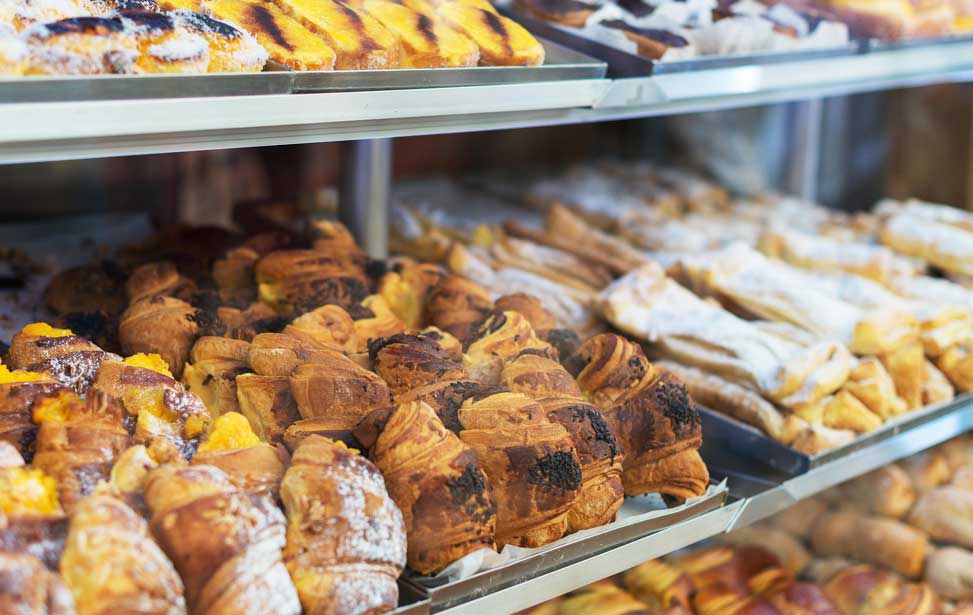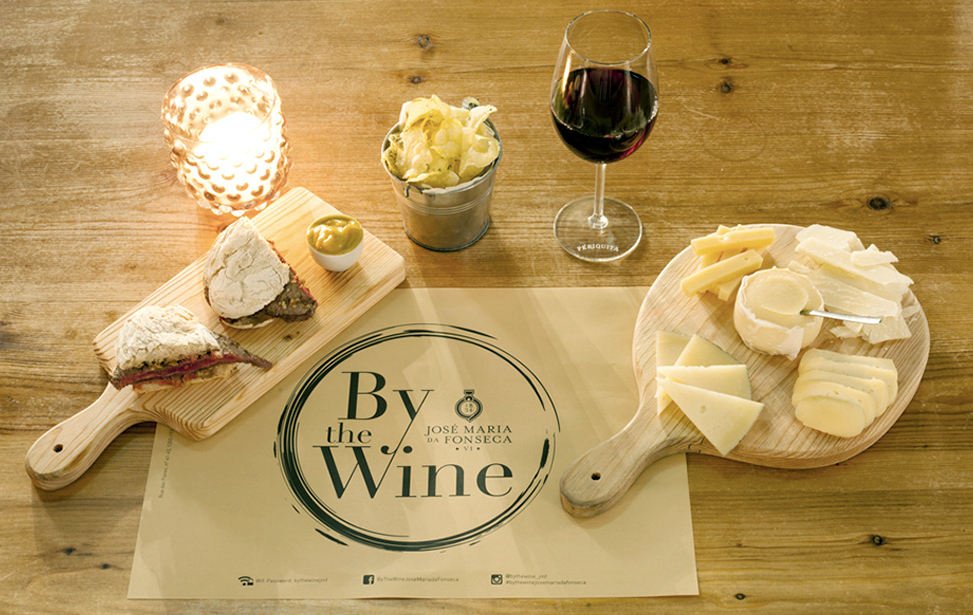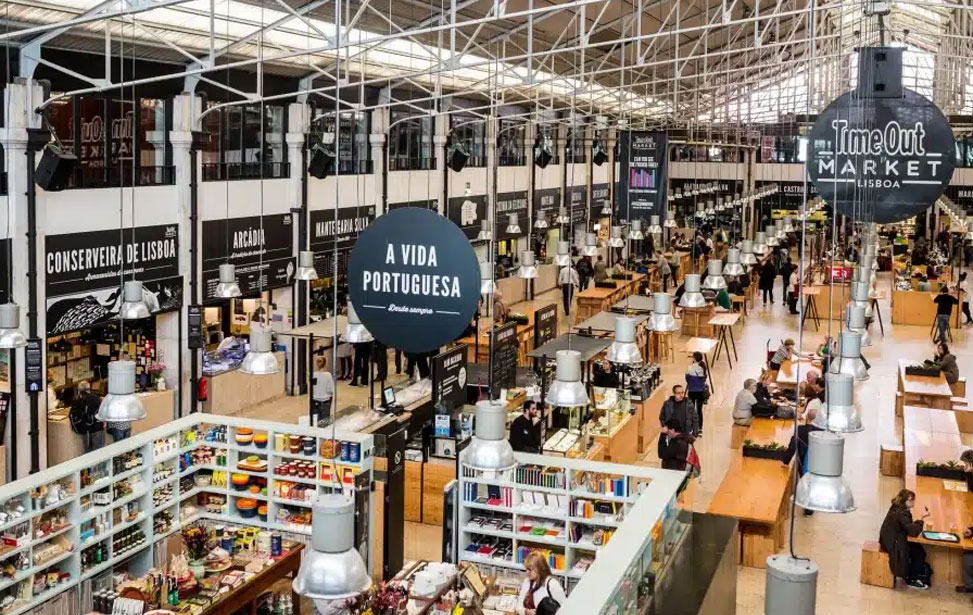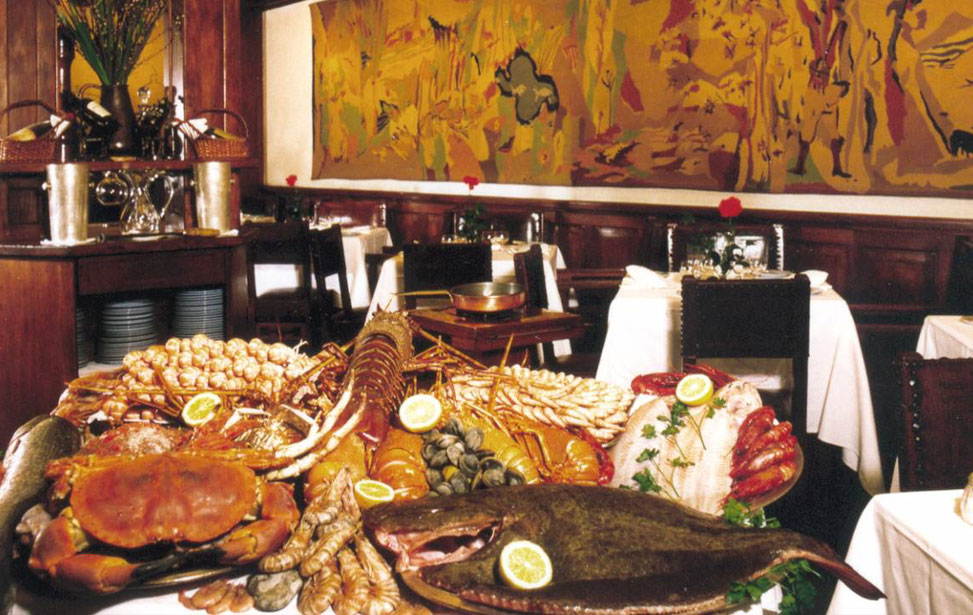
Lisbon Cuisine
Discover the vibrant cuisine of Lisbon, where every dish tells a story of the city's rich culinary heritage. From traditional Portuguese delicacies to modern fusion creations, Lisbon offers a diverse gastronomic experience that satisfies every palate. Indulge in iconic dishes like bacalhau (salted cod), pastéis de nata (custard tarts), and grilled sardines, each bursting with authentic flavours.
Explore bustling food markets, such as Mercado da Ribeira and Mercado de Campo de Ourique, where you can sample an array of fresh seafood, artisanal cheeses, and aromatic spices. Don't miss the opportunity to savour regional specialities like caldo verde (kale soup) and arroz de marisco (seafood rice) at traditional tavernas and quaint eateries scattered throughout the city. With its blend of Mediterranean influences and local ingredients, Lisbon's vibrant cuisine promises an unforgettable culinary journey for food enthusiasts and adventurers alike.
FISH
You would expect from a country where so much of its landmass is coastal, with a heritage of seafaring, their food obsession would be about fish. In Portugal's case, you would be right. Atlantic currents bring an abundance of white fish to Portugal's shores, such as bass and bream. Other seafood and shellfish happily shelter in the vast number of coves, lagoons and inlets. One delicacy prized all along the western Iberian coast is the Goose Barnacle, known as Percebes in Portuguese. They're found growing on the rocks contently being battered by the Atlantic waves. Collectors or "percebeiros" have to risk their lives on slippery steep cliffs braving the hefty currents and swell. The coastline around the capital is a perfect habitat for Goose Barnacles.
However, if these odd-looking creatures aren't your thing, then there's plenty of alternatives found in a great number of fish restaurants found in the area. There's nothing better in my mind to enjoy the catch of the day simply chargrilled, with a squeeze of lemon and a pinch of sea salt, helped down by a chilled Setúbal white wine. Portuguese also enjoy fish stews, most notably the Cataplana. Named after the clam-shaped pan it's cooked in. The Cataplana originates from the Algarve, possibly from Moorish origins. Cataplana is now found all over Portugal with regional variations. Most often, it's a dish shared by two people.
Sardinhas Assadas (grilled Sardines) are a staple in restaurants all over Portugal, yet best eaten during the Santo António festivities in June when they're in season. In Cascais, they claim to serve the best sardines in Portugal. Another popular dish found everywhere is Amêijoas à Bulhão Pato, clams in a garlic-coriander-wine sauce, ideal for dipping crusty bread into on a balmy afternoon. Not all the fish found on Sintra's menus are locally caught, however, Salmon and Bacalhau are most likely sourced from Scandinavia or the North Atlantic. Bacalhau (dried salted cod) is Portugal's national dish. Their obsession with it is reflected by the vast array of recipes on offer. It's said there are 365 different ways to cook bacalhau, one for each day of the year. In Lisbon, you're likely to come across Bacalhau com Natas, Bacalhau à Brás and various other house styles.
One suggestion if you wish to experience great fish in Lisbon is to take the ferry from Cais do Sodre to Calcilhas and visit one of the best fish and seafood restaurants in the region. These restaurants have a huge array of dishes on offer, which will go well with a refreshing pint any time of the day. The cafés and restaurants are located alongside the promenade where there are amazing views over the river to Lisbon. The variety of dishes available here is extraordinary. Come in time for sunset for an increased magical experience. The Rua das Portas de Santo Antão, close to the Praça dos Restauradores, in downtown Lisbon, is a lively pedestrianised street known for its seafood restaurants.
One of Lisbon's fishy delights are tinned fish, most commonly sardines. They're sold in attractively designed packaging. Prices vary greatly but be wary of the inflated prices found in tourist traps. Best places to find tinned fish is in one of Lisbon's many delicatessens. For an alternative lunch head for Sol e Pesca in Pink Street (Rua Nova do Carvalho) close to the Cais do Sodre translation where all dishes are made from a wide selection of tinned fish.
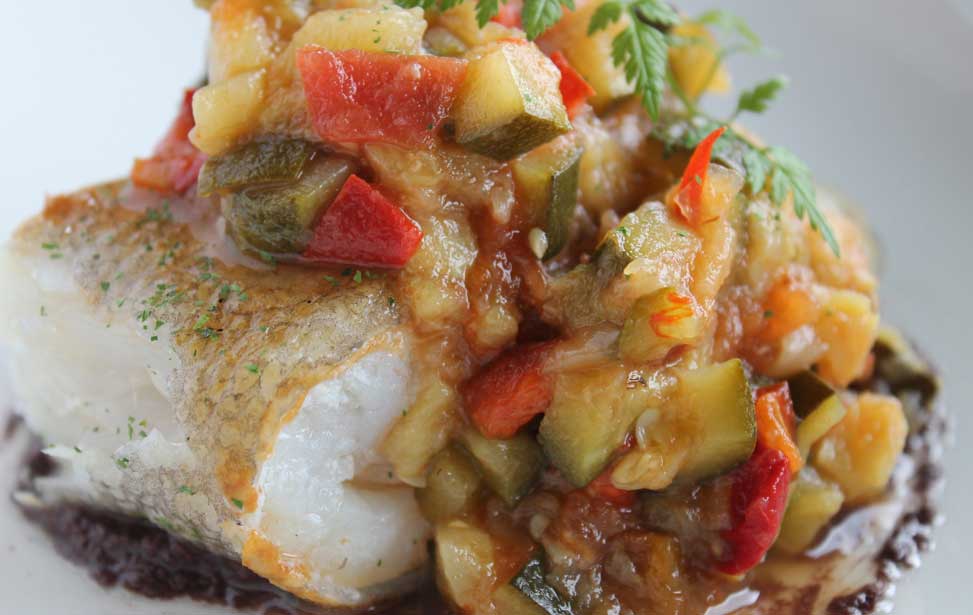
Bacalhau
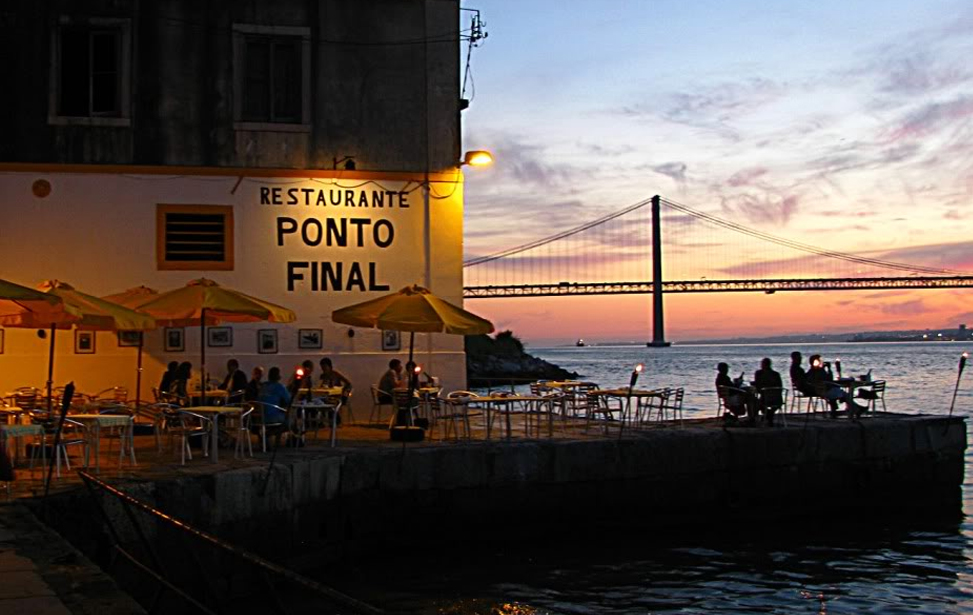
Ponto Final restaurant


 Lisbon Card Discounts
Lisbon Card Discounts



